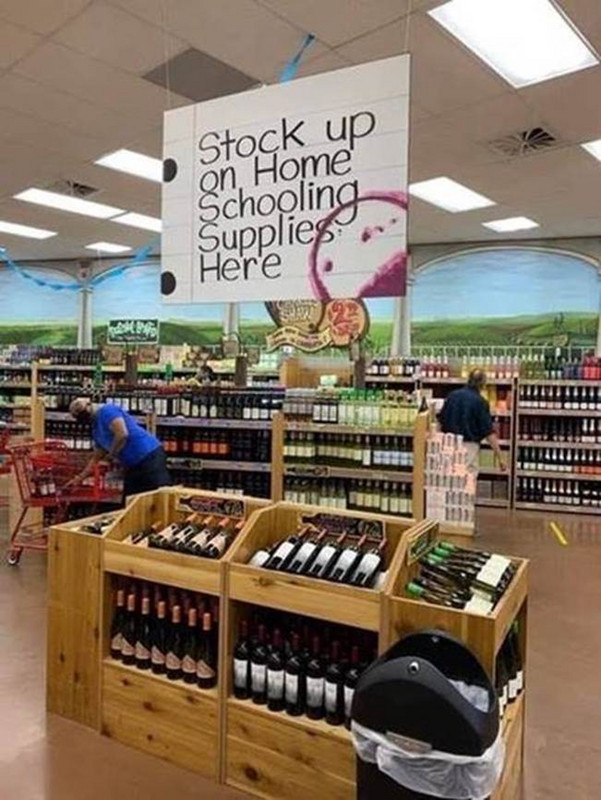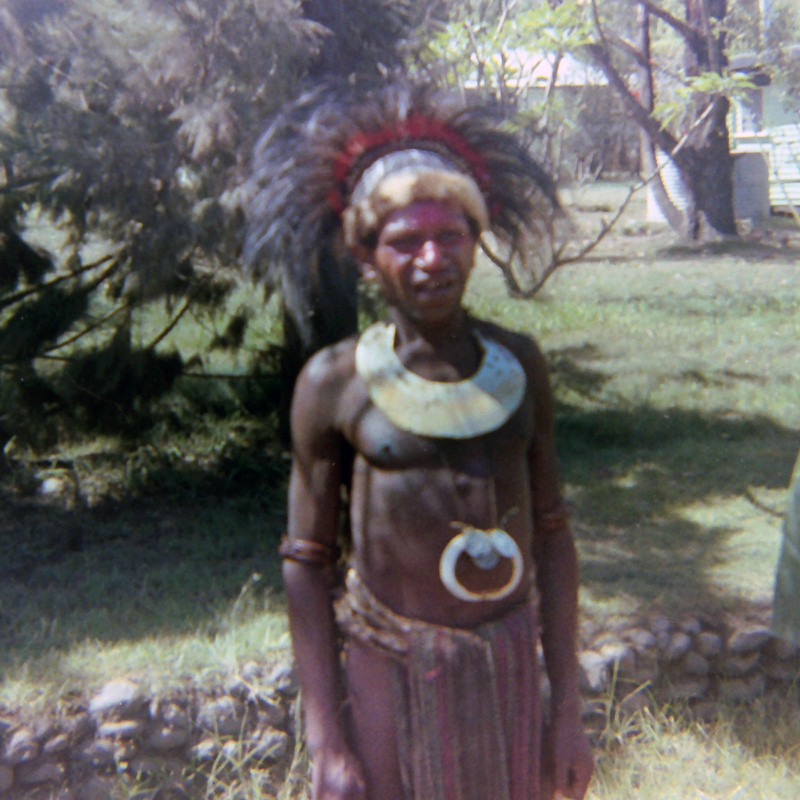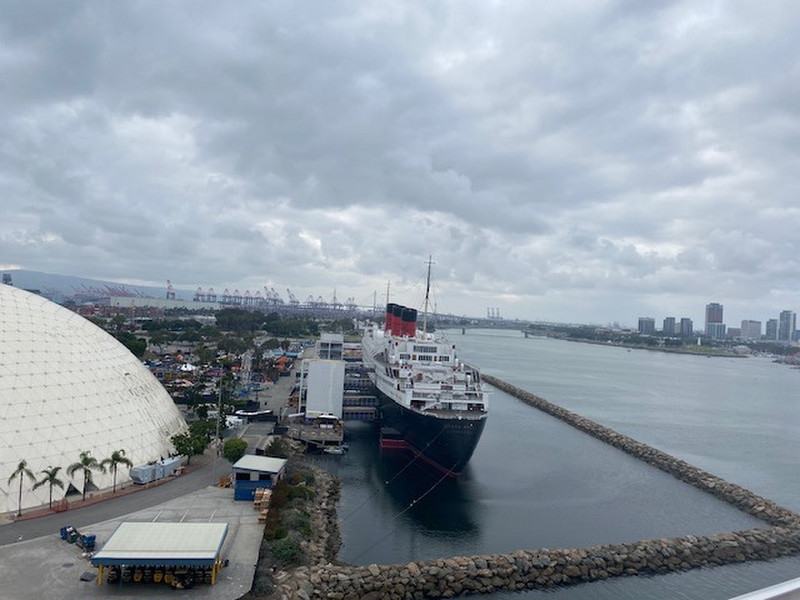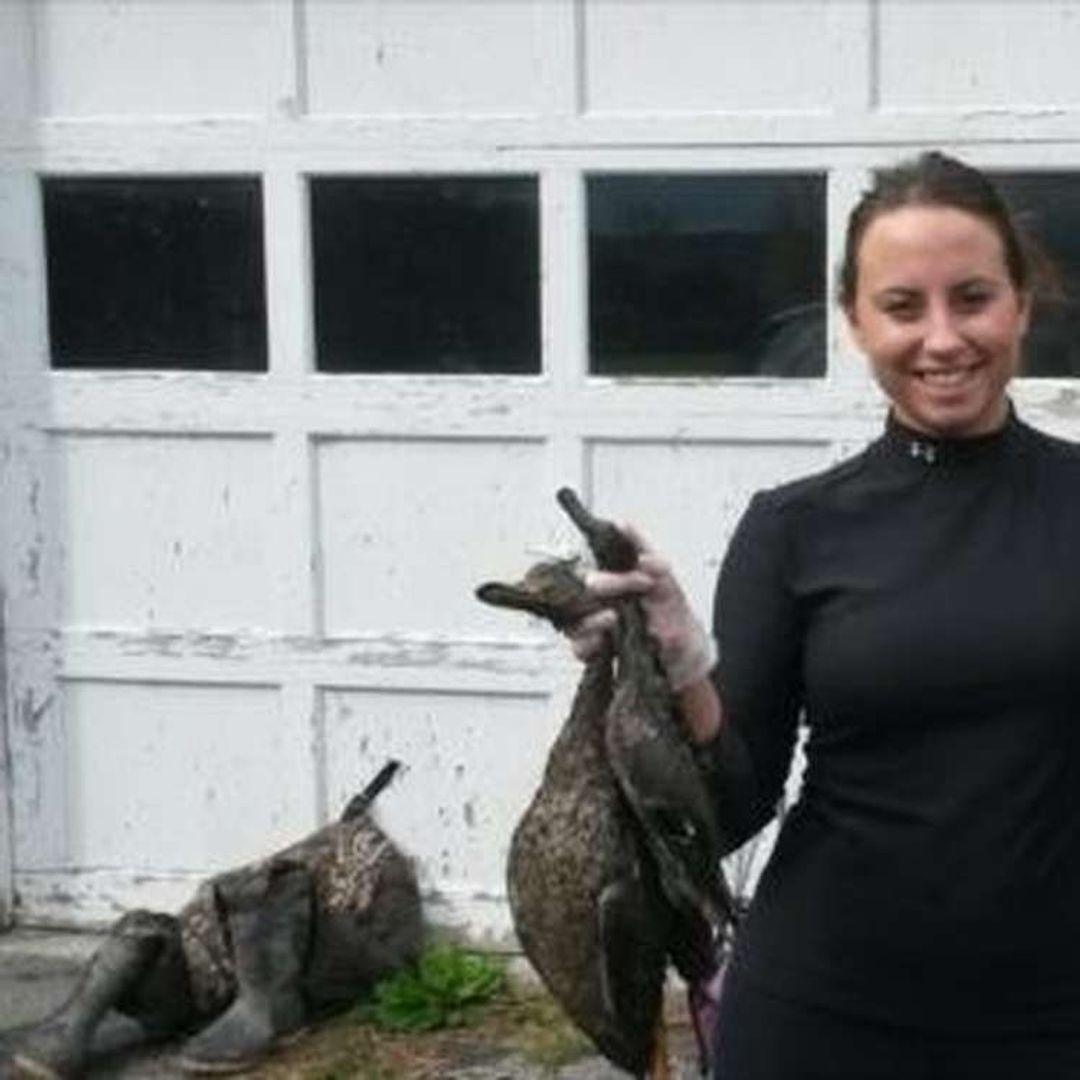Per Winespeed: As most wine drinkers know, wine can taste pleasantly salty—even when theres no actual sodium chloride in it. Certain grape varieties, for example, can taste a bit salty (sangiovese is one), and wines made from grapes growing near a sea coast can, too. So maybe it was only a matter of time, but several winemakers in France and Portugal are now experimenting with adding salt to their wines, a practice that was described in ancient Roman texts. In particular, adding seawater was typical since it helped preserve the perishable beverage, in the same way that salt was used to preserve meat. Contemporary vintner Herv Durands family estate, Mas des Tourelles, in the southern Rhne Valley, stands atop the remains of a winery. Known for his Archeological Roman Wines, Durand makes a version of Turriculae, a wine made from an ancient recipe that includes seawater as well as ground fenugreek and iris flowers. In Portugal, Port producer Dirk Niepoort learned of the practice from a traditional wine producer in the Azores and convinced fellow vintners Anna Jorgensen and Anselmo Mendes to join him in experimenting with salt. Filling their
fermentation vessels to 1%!s(MISSING)eawater, they found the results had a tangy, saline flavor that gave more life to the wine without overly diluting it. As it with food, a pinch of salt is important to ‘awaken other flavors, says Mendes. He has a point. Per WTSO: For the ultimate wine and chocolate fun, try a blind tasting. Place a few bottles of wine in bags to cover them up, then place different types of chocolate chunks like milk, dark, and into bowls. (Tip: Tape the label to the bottom of the bowls so you dont forget which is which.) Taste them individually or together to find different aromas and flavors. Pick your favorite pairing, and try to guess the correct answers without peeking! My suggestion: a Cab, a Bordeaux, a Sirah, a Zin, a Malbec, and most importantly, a Port!Per Winespeed: A staggering 12.9 million wines listed by online wine and spirits retailer Vivino, since its founding in 2010. Even if the pandemic hadnt boosted internet wine sales, consumers can now find an exponentially larger selection of wines online than in shops. Free shipping from online merchants is driving larger orders and attracting new customers. Old school store fronts whove established an online presence report that up to 65% of their web customers are new to them. Personally, I use a website, called Wine Till Sold Out (WTSO). I buy most of my wine at Trader Joes otherwise.What is Oechsle? Ok, the German was something of a dead and this wine question was a bit nerdy we admit, but Oechsle is a scale which measures the weight of the grape juice or must before, during, and after fermentation. Developed in the nineteenth century by the physicist Ferdinand Oechsle, the scale gives an indication of ripeness and potential alcohol. The ripeness categories (Kabinett, Sptlese, etc.) of traditional German wines are based on Oechsle levels that are specified for each grape variety and each wine region. Other sugar measurement scales used in winemaking around the world include Baum, favored in other parts of Europe and Australia, as well as Brix, used in the U.S.I find some of these less facts about wine so interesting. I hope you do as well.PS: I would strongly suggest subscribing to Winespeed for her Friday emails.









